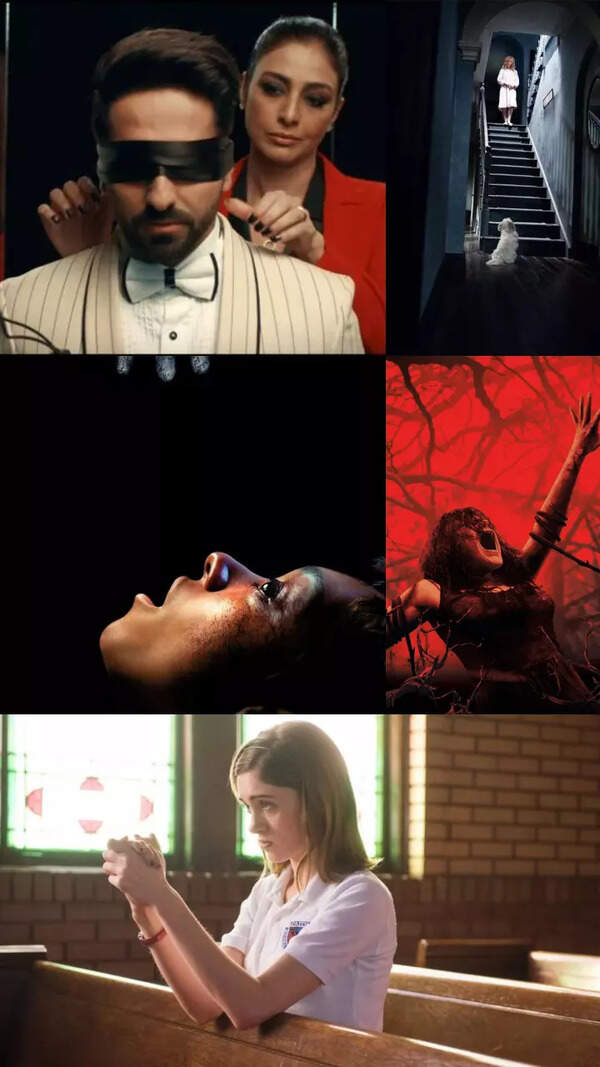Trending
Promised bridge 20 years ago, tribals still stranded with only three pillars in Maharashtra's Udai river
For two decades, over 20 Bhil villages in Maharashtra's Satpura ranges have been stranded, awaiting a promised bridge over the Udai river. The lack of connectivity has resulted in tragic consequences, including childbirths on riverbanks and preventable deaths due to delayed medical access. Despite approvals and allocated funds, the Savaryadigar bridge remains incomplete, leaving thousands in isolation and despair.
Three pillars in the middle of the Udai river in Maharashtra’s Satpura ranges are proof of a 20-year-old unkept promise. Just a few kilometres from the mighty Narmada, this river slices through dense forest and tribal heartland.
On its far banks, on the westernmost edges of Nandurbar’s Dhadgaon taluka, over 20 Bhil villages — including Savaryadigar, Udya, Bhadal, Bhamane, and Sadri — have spent the last two decades stranded, waiting for something as basic as a bridge.
Around 100km from Shahada taluka’s main town, the proposed Savaryadigar bridge was once envisioned as the lifeline that would connect over 13,000 residents to schools, hospitals, markets, and safety. Yet for two decades, files have gathered dust, and promises have been ignored.
Poll
What is the biggest challenge faced by villagers during monsoon?
Here, emergencies are met with “bambulances” — bamboo stretchers wrapped in saris — as villagers wade through the river or hunt for boats. “Every year we lose people to childbirth, snakebite, and fever,” said village resident Ramdas Pawara. A local official, Podya Pawara, added, “I saw this struggle as a child. Now our kids are living it too.”
“It takes at least three hours to reach a hospital from these villages,” said a volunteer doctor who often visits Savaryadigar. “I’ve had accidents on the way. There are no roads, and the river cuts everything off.”
Officials admit to service gaps at Bilgaon PHC. “We have a big building, but no running water. The tank’s pipeline has been broken for months. We don’t have reliable transport to reach patients across the river.”
District health officer Dr Ravindra Sonawane said, “Mapping of 72 villages cut off during monsoon is done. Work on bridges for 60 villages is on, and the rest are being assessed.”
Savaryadigar, shadowed by the Sardar Sarovar dam’s backwaters, was among 33 villages displaced in the early 2000s. While some were relocated, others like Savaryadigar were promised roads and a bridge instead. That call was made in 2005 by a govt panel led by then director general of Water and Land Management Institute, Satish Bhingare. He regrets the decision now. “We thought a bridge would take a year. It’s been 20,” he said.
Approved in 2012, work began a few years later and then stopped. Villagers are tired of hollow promises. Sarpanch Radya Pawara said, “They talk of Rs 45 crore funds, but no MLA or MP visits.”
The situation worsens during monsoon. Come June, the Udai river swells and cuts off villages. The rudimentary boat service turns risky, and ASHA workers ferrying pregnant women fear the worst. “I’ve had nightmares of losing patients,” said one worker from Bilgaon. The state tribal development department recently sanctioned Rs 45 crore for the Savaryadigar bridge.
“Once it is built, officers, doctors, and teachers will have access. Development will follow,” a tribal development department official said. But people here aren’t celebrating yet.
District collector Mitali Sethi says work has been awarded and should be done in two years. But a PWD official says funds are yet to be released. “Contractors are spending from their own pockets as of now,” the official added.
But the April heat has slowed down construction, and the monsoon, combined with delayed funds, means a longer wait for a safe path.
End of Article
Follow Us On Social Media









